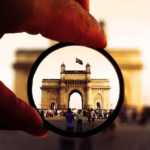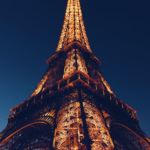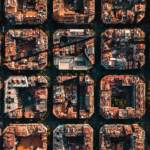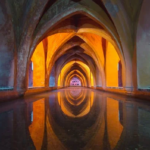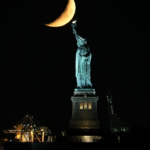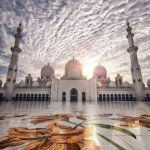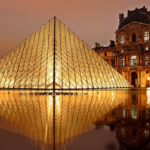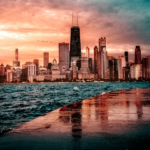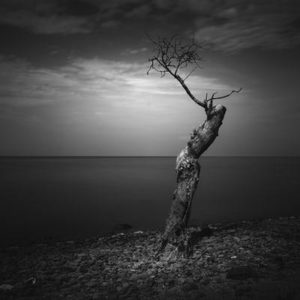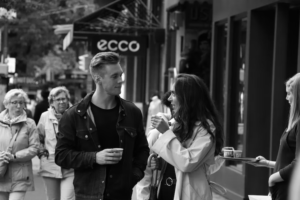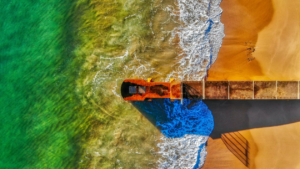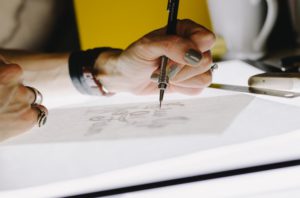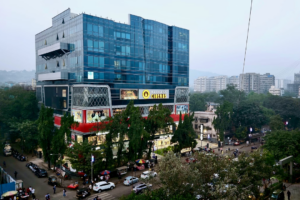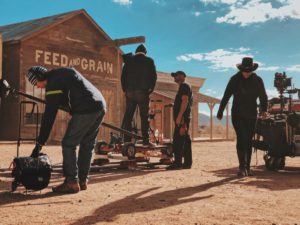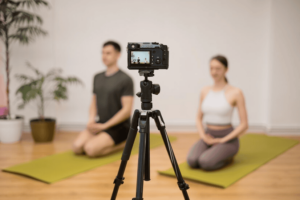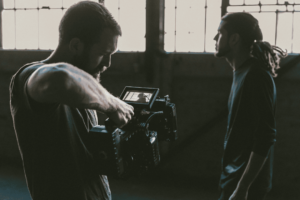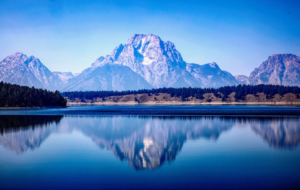Architectural photography is a genre of photography that focuses on capturing photographs of buildings or structures. Hence, it also involves photographing the interiors and exteriors of buildings, bridges, structures, and cityscapes. When compared to other photography fields, this kind of photography is less dynamic as it demands you to spend a lot of time contemplating a scene or an environment. As a result, you may not need a speedy or continuous shooting mode camera. Still, you will have to focus on the image’s quality.
Additionally, you must be ready to use editing tools, know how to fit a building into a frame, and integrate the rules of composition. Architectural photography was born in the 1870s when the famous architectural photographer Albert Levy began to click photos of older buildings. Later, modern buildings were photographed by the American mid-century modernist Julius Shulman.

Styles of Architecture Photography
Architecture photography divides into two categories based on the location of the photography, they include:
Exterior Architecture Photography
Captures the outer structure of a building. Since the exteriors of a building receive abundant natural light, they are pretty easy to be photographed. The prevailing weather conditions influence this type of photography and may result in a dynamic photograph.

Interior Architecture Photography
Captures the interiors of a building. This kind of photography is often challenging as there is limited light availability within the premises of a structure. Hence, supplemental lighting is required to capture the interiors accurately.

Cityscape Photography
This style of photography captures the urban setup consisting of a plethora of buildings and skylines. Cityscape photography showcases the structure in which the buildings, bridges, and skyscrapers are arranged.

Skyscraper Photography
mainly deals with capturing skyscrapers and highlighting their majesty.

Equipment for Architecture Photography
You can seek the help of a plethora of photography equipment for capturing spectacular architectural shots. Some of these are enlisted below:
Camera
Many different cameras are used to take exemplary architectural images. However, you need to pick a camera depending on your level of expertise in this niche. Additionally, architectural photography demands an interchangeable-lens camera with full-frame sensors that give a high-quality image and substantial perspective control.
Best Camera for Architectural photography
| Level Of Expertise | Types Of Cameras | Advantages | Best Choice |
| Aspiring Photographer | Smartphone camera |
Versatile and can be mounted over a tripod. Interchangeable camera lens Great for practicing angles Captures architectural details |
Samsung and Apple products |
| Intermediate | Micro Four-Thirds Cameras |
Manual control over aperture and shutter speed. Interchangeable camera lens Mirrorless |
Olympus OM-D E-M5 Panasonic Olympus |
| Professional |
Full frame DSLR |
Best camera for architectural photography |
Canon: Canon 5D MK IV Canon 6D MK II Canon 1D X Mark II Nikon: Nikon D750 Nikon D810 Nikon D5 |
Camera Settings
As far as architecture photography is concerned, your subject remains stationary. As a result, a camera with a slower shutter speed is sufficient. However, you may be required to juggle between Aperture Priority (AV) or Manual modes of operating your camera. However, the most preferred camera settings for architecture photography are:
| ISO | 100 |
| Aperture | f/8 to f/14 |
| Shutter speed | Start with 1/125th of a second |
Lens
The right combination of camera and lens impacts your image’s quality and the result of your photo. Hence while you choose your lens to be mindful of it solves your purpose of photography. Some of the lenses that are of great use include:
Standard camera lens
For architectural photography, you might often have to take a wide-angle image occupying the entire frame. For this purpose, a standard zoom lens will be of great use as it has a smaller focal length at the bottom end and a larger one at the top end.
Specialty camera lenses
Specialty lenses help you unleash your creativity concerning perspective and depth. There are different types of specialty lenses that give a unique look and feel to your photograph. Some of their effects in architectural photography are listed below:
| Types of Specialty lenses | Purpose in architectural photography |
|
|
| Tilt-shift lens |
|
| Fish-eye lens |
|
Best Lens for Architectural Photography
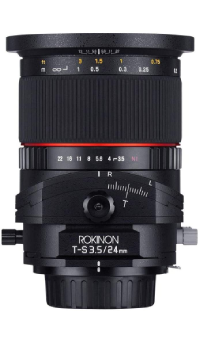
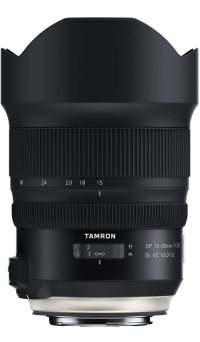
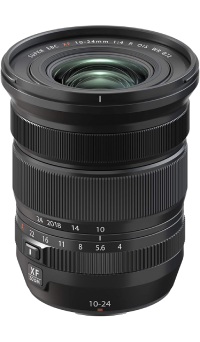
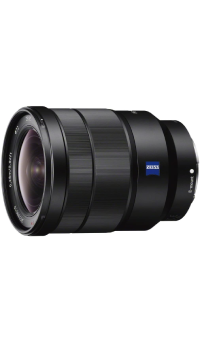
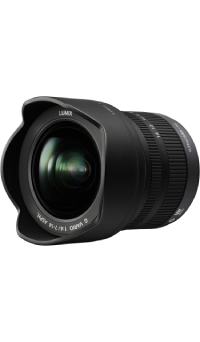
Accessories for Architecture Photography
Tripod
A tripod keeps your camera steady, primarily when you use a heavy telephoto lens, photograph a long exposure subject, or in a low-light location, resulting in a more fantastic, sharper final image.
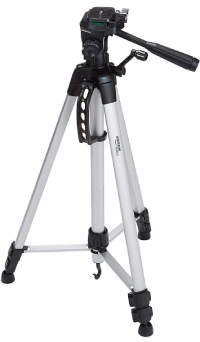
Flash
When capturing interior architecture, you have to compensate for the limited light with a flash attachment to get a brighter image. Additionally, you may include other equipment like speed lights, reflectors, and shoot-through umbrellas.
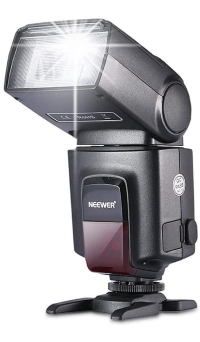
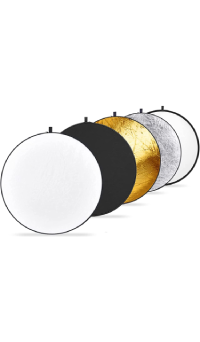
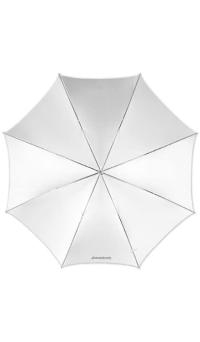
Angle Finder
An angle finder helps you get down to an extreme angle to photograph an image. This equipment gives a broader angle feel to the picture.
Cable Release or Remote Trigger System
This equipment prevents your camera from moving. A cable release is a wire attached to your camera that helps you hit the shutter without your touch. In comparison, a remote trigger system uses radio or infrared signals to perform the same task. Hence it is more versatile than the former.
Polarizing Filter
This filter is used to maximize or minimize the effect of reflections in an image. Further, this filter intensifies the colors in an image.
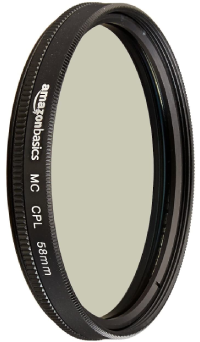
Strobes
This equipment is a simple light source that helps balance out the light in an image. Additionally, it allows you to light up the scene creatively.
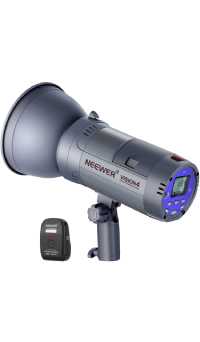
Bubble Level
While using a wide-angle lens, it can be challenging to align your camera along the horizon. This is because it faces some distortions at its widest focal length. As a result, you need to resort to using a bubble level.

Post-Processing Software
Your well-exposed architectural photography is incomplete without post-processing. Hence, software that helps you process your photos is essential to make your image the best.
Videos on Architecture Photography
How to photograph INCREDIBLE ARCHITECTURE!
How to Photograph Architecture
Architecture Photography: Capture Stunning Photos with Angles, Light, and Shape
How to Capture Great Architecture Photography?
Choose and Research the Location
Although there are umpteen architectural photography options, you have to start with buildings that grab your attention or have some meaning to them. In that sense, capturing older buildings is a beautiful way to start as they give you captivating images. In addition, these buildings offer impressive architecture that showcases their age. Hence, research on the structure, its history, how it was built, and its use. In the absence of historical buildings, you can still consider the details of the building like exciting ceilings, artistic staircases, the shape of the roof, the material of the ceiling or floor, recurring design elements, or great symbols. This way, you will learn to document the details of the whole building. Additionally, you will have to pay attention to the landscape that surrounds your subject. This will help you place the architecture in context.

Shoot in a Variety of Weather Conditions and Times of Day
Light decides how a photo is perceived. Hence, you need to visit your subject multiple times a day to determine the kind of effect you wish to give your viewers. For example, when you stick to a sunny day alone, you will miss how the building appears at other times of the day and a potential detail that may be visible only without the sun. Additionally, weather elements such as rain, cloud, or fog can drastically change the resultant image and set a different mood.

Shoot from Various Perspectives
Shooting from different perspectives enhances the beauty and appreciation of the image. For this, you can zoom in and focus on a single detail to create an abstract image. Additionally, you can fill your frame with a large building hiding its entry and exit. You can even try framing a shot from a different place within the building.

Integrate Lines and Shapes
Further, look for lines and shapes to create leading lines and emphasize symmetry and shapes. Images with lines create a visual effect for your viewer. For example, you can integrate diagonal lines to create the feeling of movement. Horizontal lines portray calmness, while vertical lines can indicate power or growth. Additionally, curved lines are prominent in the natural environment; hence they give a real feel to your viewer. Finally, shapes instill interest in your images. For example, focusing on taller heights retains the originality of the image while capturing it from a low angle makes your subject dominate, and looking down on a building enhances its shape.

Include People
If you want to show the actual size of your building, you need to include objects that help you scale the image. For this purpose, photograph the buildings along with the people. This way, your pictures get a human element and appeal to your viewers.

Overcoming Challenges in Architecture Photography
Relying on Existing Light
In the case of interior photography, the existing lighting condition is relatively low, whereas exterior photography is flushed with light. Therefore, when you remain outside the building and wish to capture the interior details, it can be challenging as the interior lighting contrasts the outside environment. To tackle this situation, you have to create an HDR image that balances your image’s tone and exposes it correctly.
Combating Distortions
When your lens projects the straight lines as curved lines in your image, your image is said to be distorted. However, you can negate this phenomenon at the click of a button with the help of editing software like photoshop and lightroom.
How to Remove People?
It can be challenging to capture an unobstructed view of famous landmarks as they are always crowded with people. However, you can remove the people through your editing skills. For this purpose, click a series of shots that constitutes a clear image of your subject in fragments. Finally, you can remove people from each layer and arrange the photos in photoshop to reveal the underlying layer to get a clear view of your subject.
Know When to Use Photoshop
As an architectural photographer, you need to acquire photo editing skills to give a touch of abstraction to your images. However, some photos may have to retain their originality; hence they don’t have to be edited. Therefore, before jumping into a project, you need to understand its requirements primarily.
Conclusion
Architecture photography is an extraordinary field that offers fresh opportunities to explore your potential as a photographer. Additionally, it taps your creativity exposing you to dissimilar structures. Hence, sharpen your skills and unleash your talent to carve a niche for yourself in this field.
